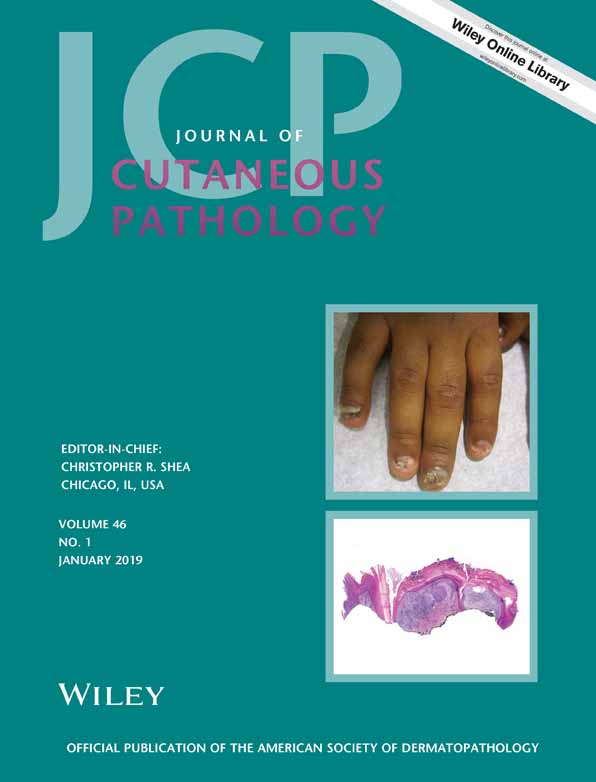Factors associated with false-negative pathologic diagnosis of calciphylaxis
Abstract
Background
Calciphylaxis is a rare, painful, and debilitating disorder of vascular calcification and skin necrosis that typically affects patients with advanced kidney disease. During our routine pathology practice, we noted several missed diagnoses on calciphylaxis consultation cases originating from outside institutions and sought to explore factors associated with false-negative pathologic diagnosis of calciphylaxis.
Methods
The pathology database of a large tertiary academic medical center was retrospectively searched for “calciphylaxis” in inside reports on outside surgical consultation cases between 2007 and 2017. Inside and outside pathology reports were compared and medical records were searched for calciphylaxis clinical diagnosis and risk factors.
Results
Twenty-four calciphylaxis patients were identified, with median age of 63.5 years. Seven of 24 (29%) of specimens were inadequate (e.g., lack of subcutaneous adipose tissue for evaluation). Eight of 17 (47%) of adequate specimens had a first false-negative pathologic diagnosis of calciphylaxis. Histochemical staining for calcium significantly correlated with true-positive diagnosis (93% vs 55%, P = 0.004). Dermatopathology fellowship training significantly correlated with true-positive diagnosis (82% vs 38%, P = 0.047).
Conclusions
Adequate sampling, dermatopathology training, and use of histochemical stains to identify calcium associate with decreased false-negative rate for calciphylaxis diagnosis. These findings need further evaluation in larger prospective studies.




